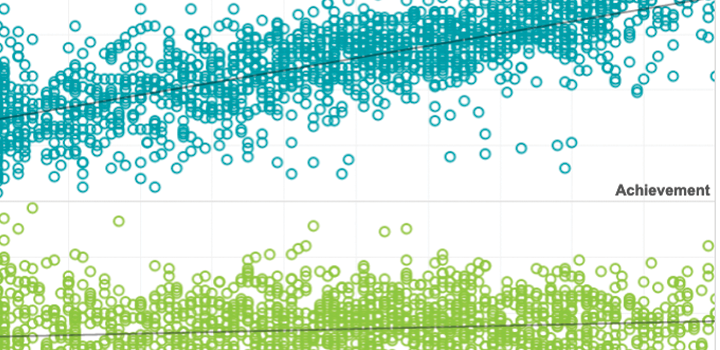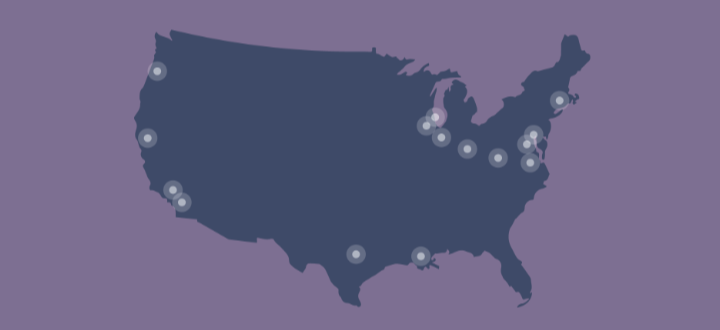

A longitudinal study of reading growth for students with visual impairments
Using data from Northwest Evaluation Association’s Measures of Academic Progress assessment, reading achievement was analyzed from 224 students with visual impairments in grades 3–10, in four states over an eight-year time period.
By: Beth Boroson, Elizabeth Barker, Xueming (Sylvia) Li
Topics: Accessibility, Growth, Reading & language arts


Robust IRT scaling: Considerations in constructing item bank from tests across years
This study investigates the impact of three different IRT scaling and equating methods in building an item bank of tests from 23 years of a national licensure exam . The study focuses on several key psychometric issues including scaledriftandequatingerrors.
By: Jungnam Kim, Dong-In Kim, Furong Gao
Topics: Measurement & scaling, Computer adaptive testing, Item response theory


This dissertation for the University of Oregon examined the relationship between varying degrees of technology-enhancements applied in a mathematics performance task on the outcome of student cognitive engagement.
By: Meg Guerreiro
Topics: School & test engagement, Math & STEM


This manuscript reports results from two studies conducted during the development of KinderTEK, an iPad delivered kindergarten mathematics intervention, to determine the relationship between instructor-reported technology experience and intervention implementation, as measured by student use.
By: Lina Shanley, Mari Strand Cary, Ben Clarke, Meg Guerreiro, Michael Thier


A longitudinal study of reading growth for students with visual impairments
This study compares reading growth for students with visual impairments with a nationally normed group of students from the general population using data from the NWEA MAP Growth assessment.
By: Beth Boroson, Elizabeth Barker, Xueming Li
Topics: Equity, Accessibility, Reading & language arts


Rapid‐guessing behavior: Its identification, interpretation, and implications
The rise of computer‐based testing has brought with it the capability to measure more aspects of a test event than simply the answers selected or constructed by the test taker. One behavior that has drawn much research interest is the time test takers spend responding to individual multiple‐choice items.
By: Steven Wise
Topics: Measurement & scaling, Innovations in reporting & assessment, School & test engagement


Using a nationally representative dataset with thousands of measures, I employ data reduction techniques to identify a handful of variables that are the strongest predictors of college readiness and understand what they measure.
By: James Soland


